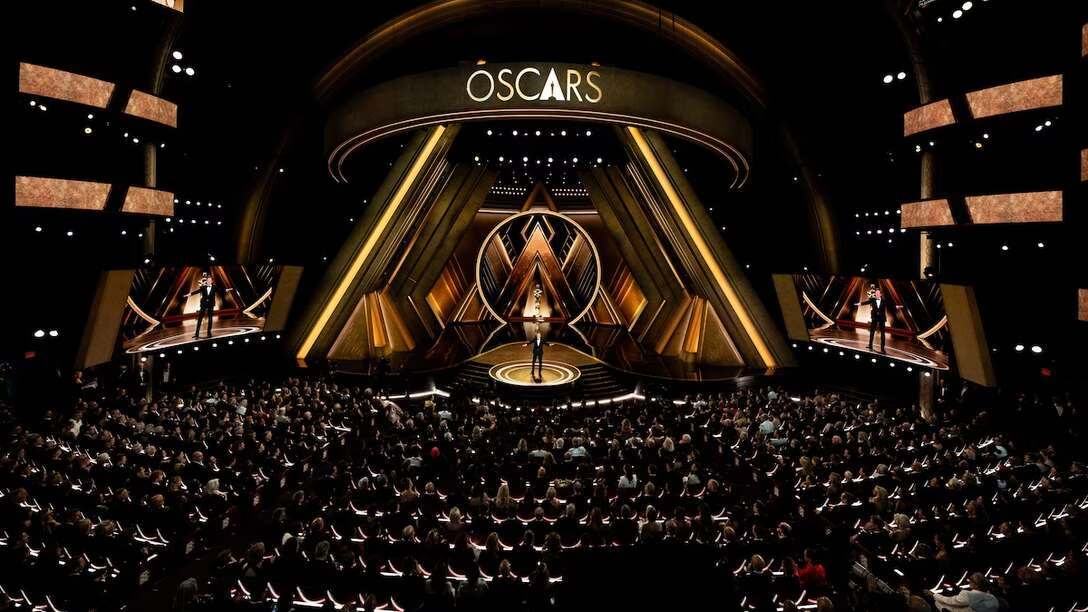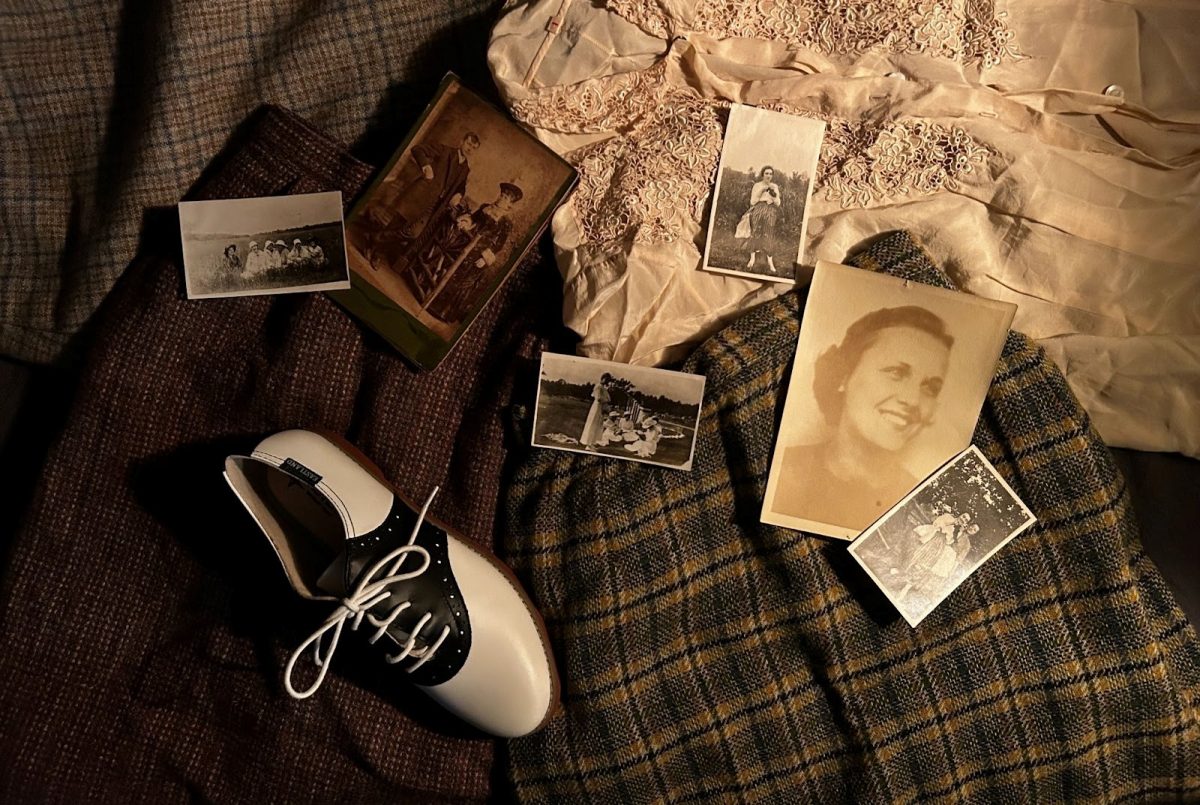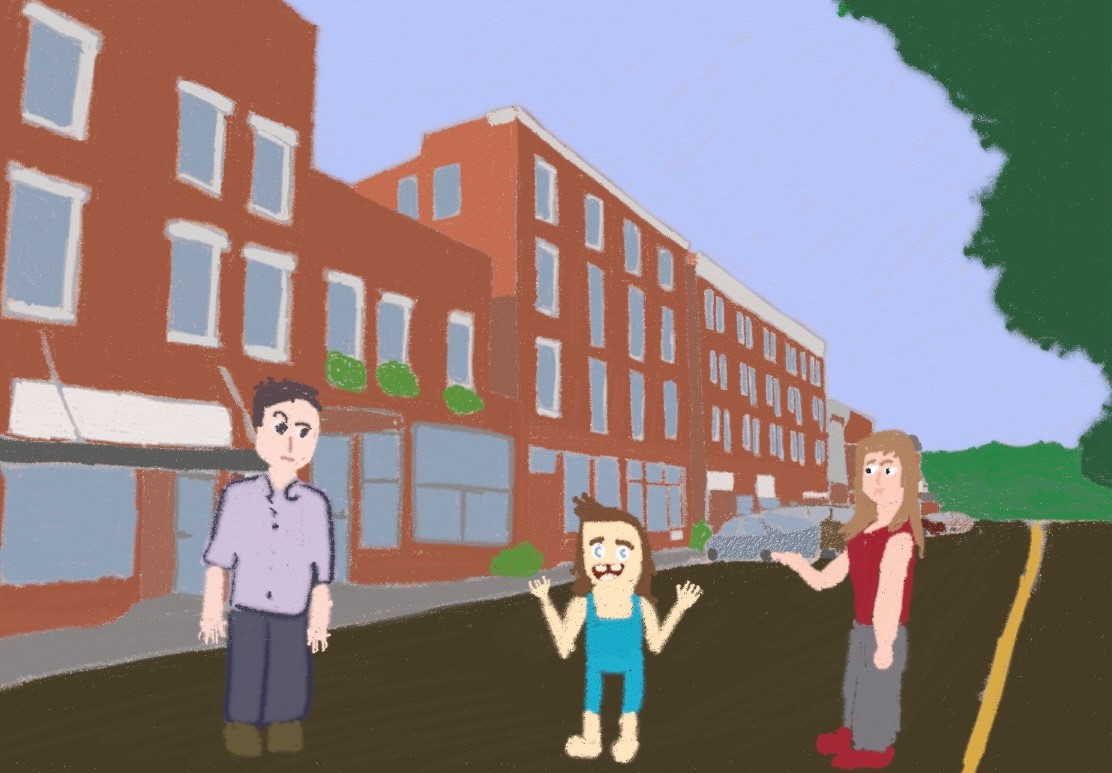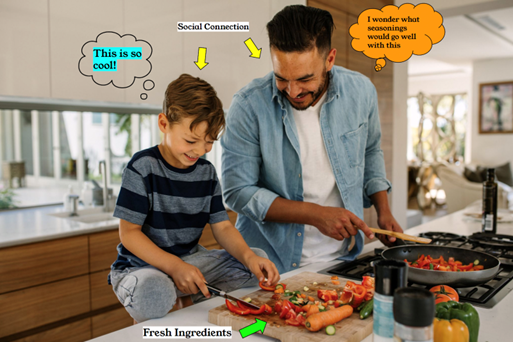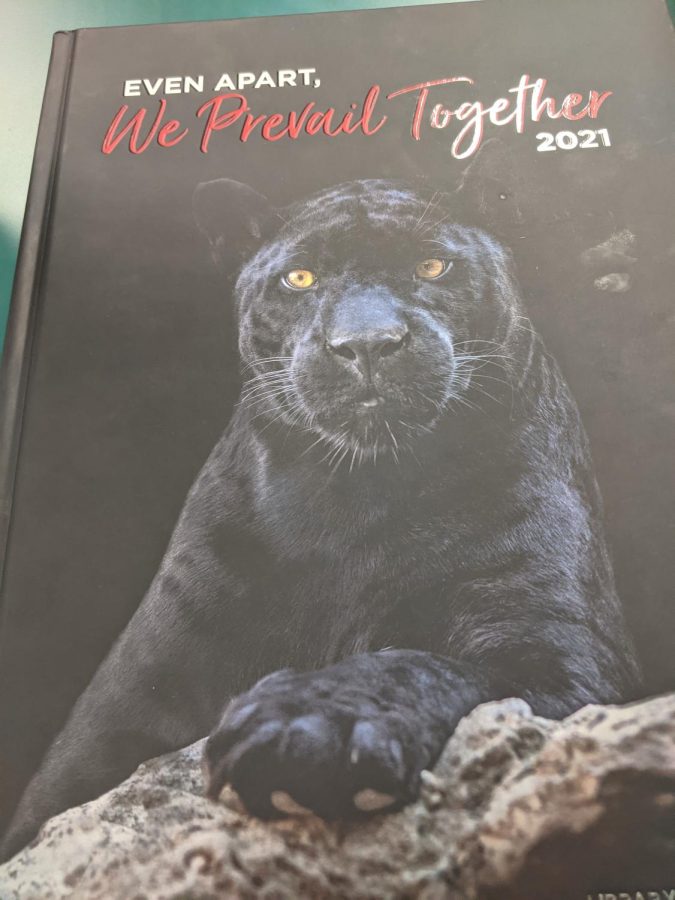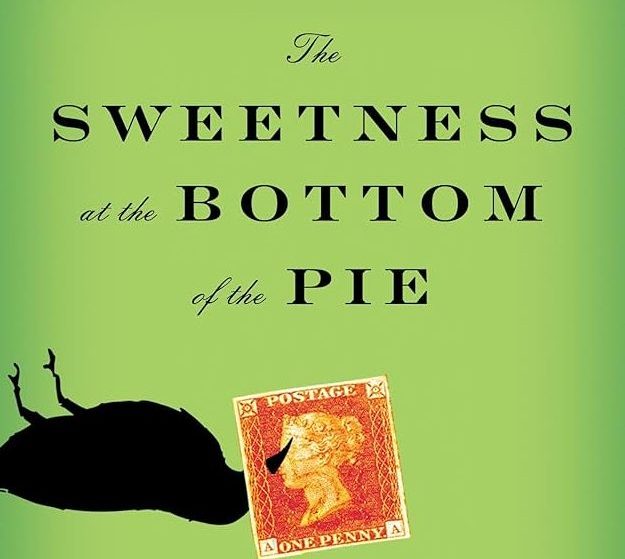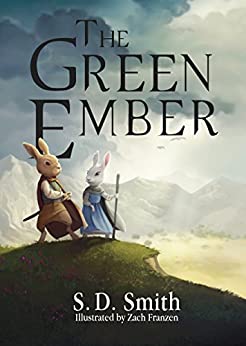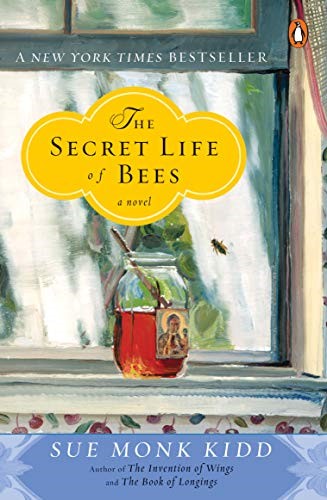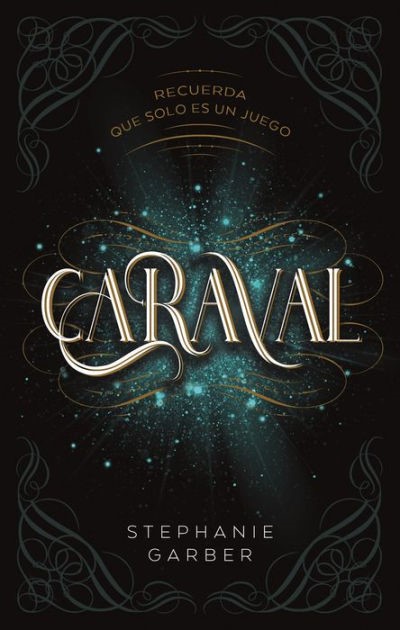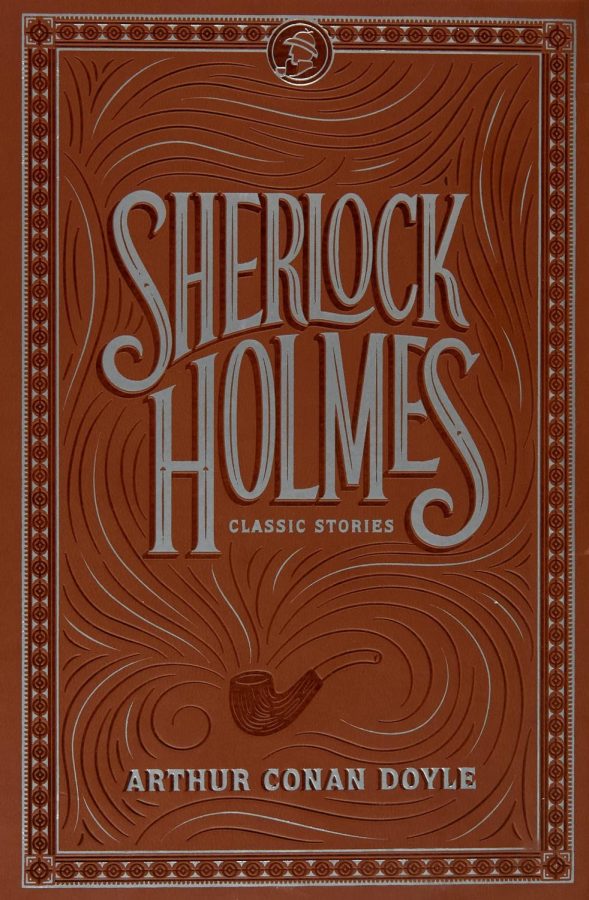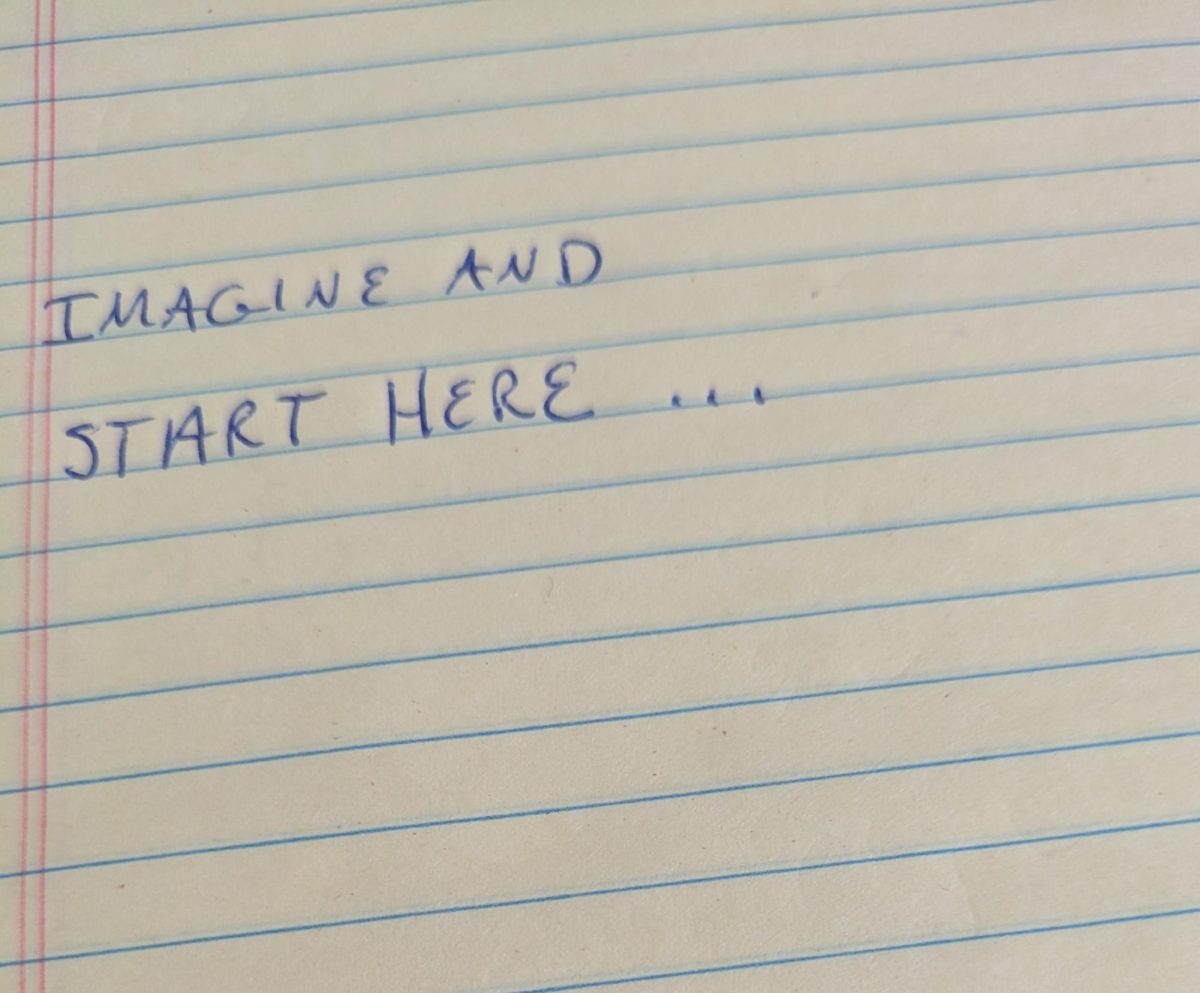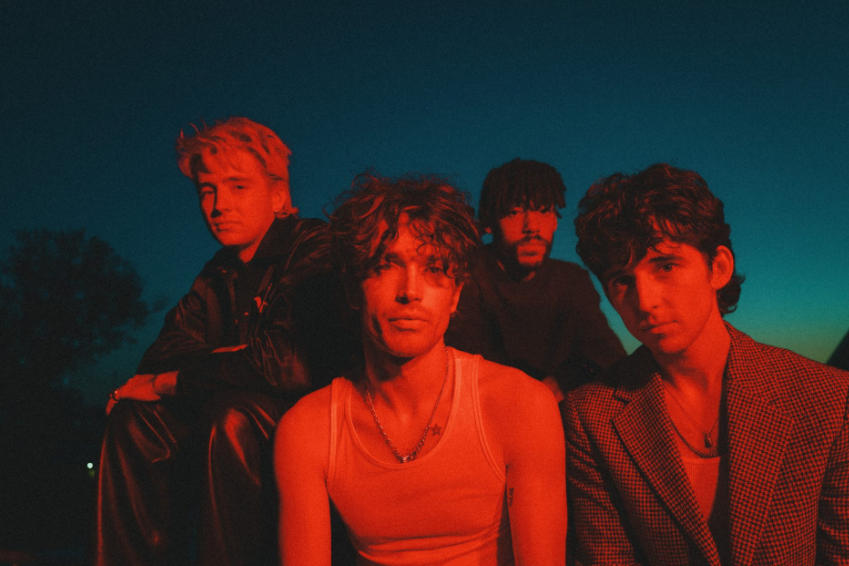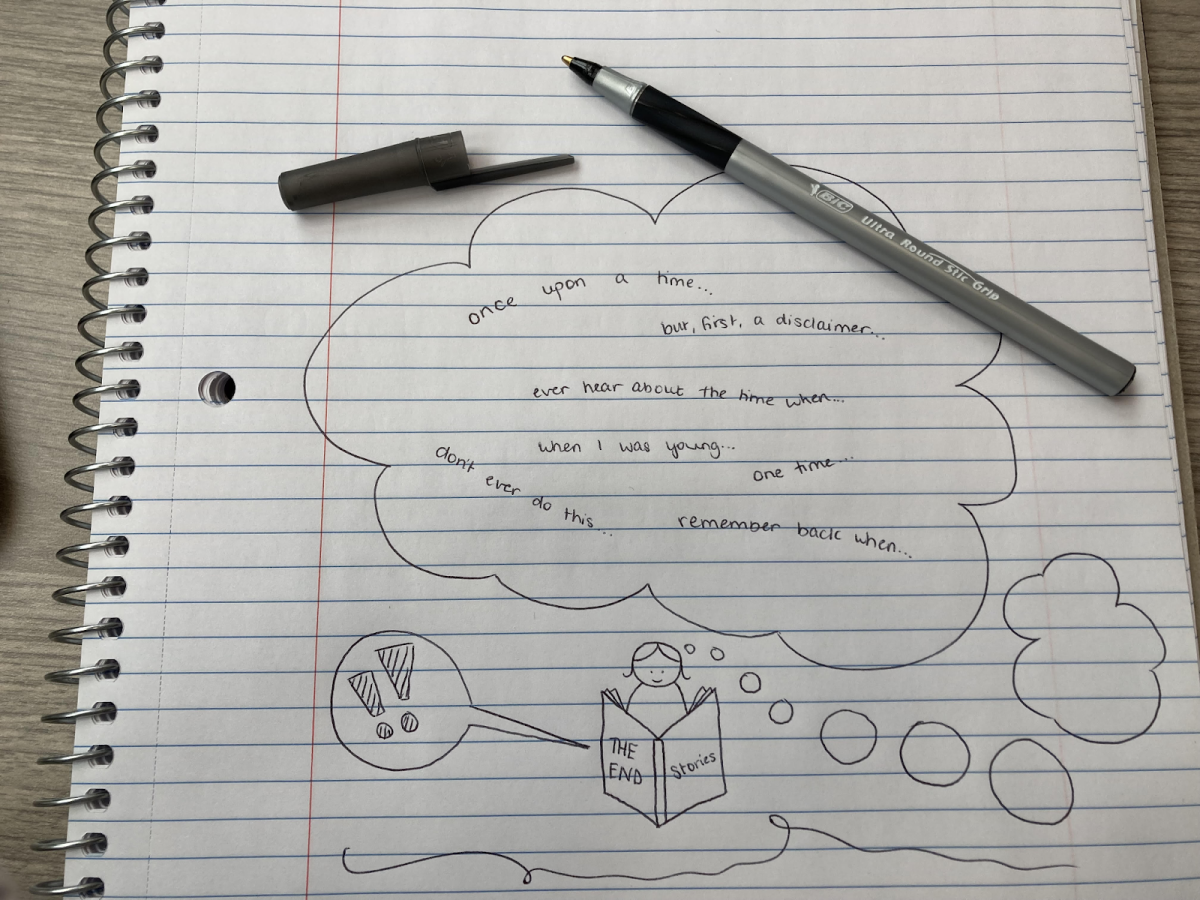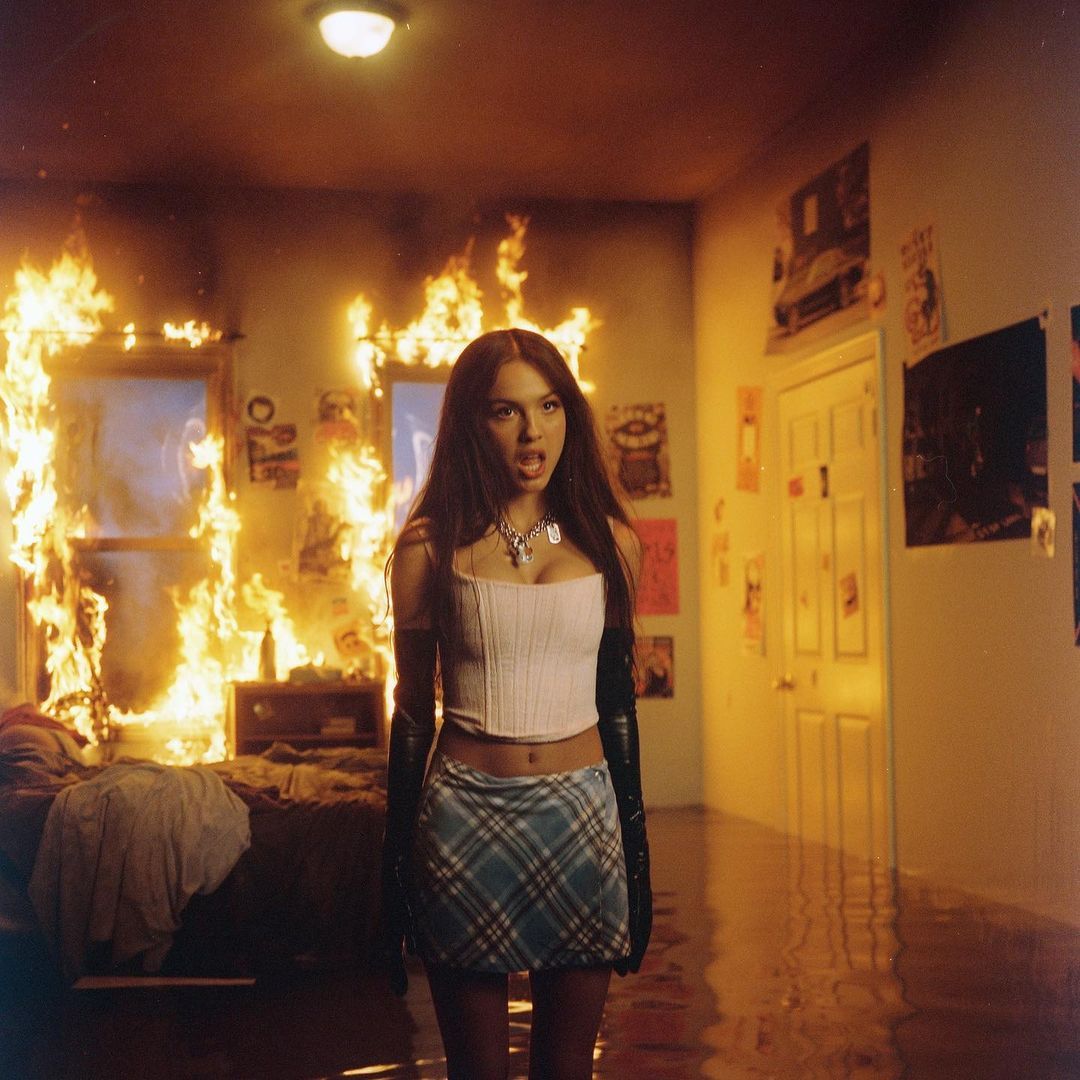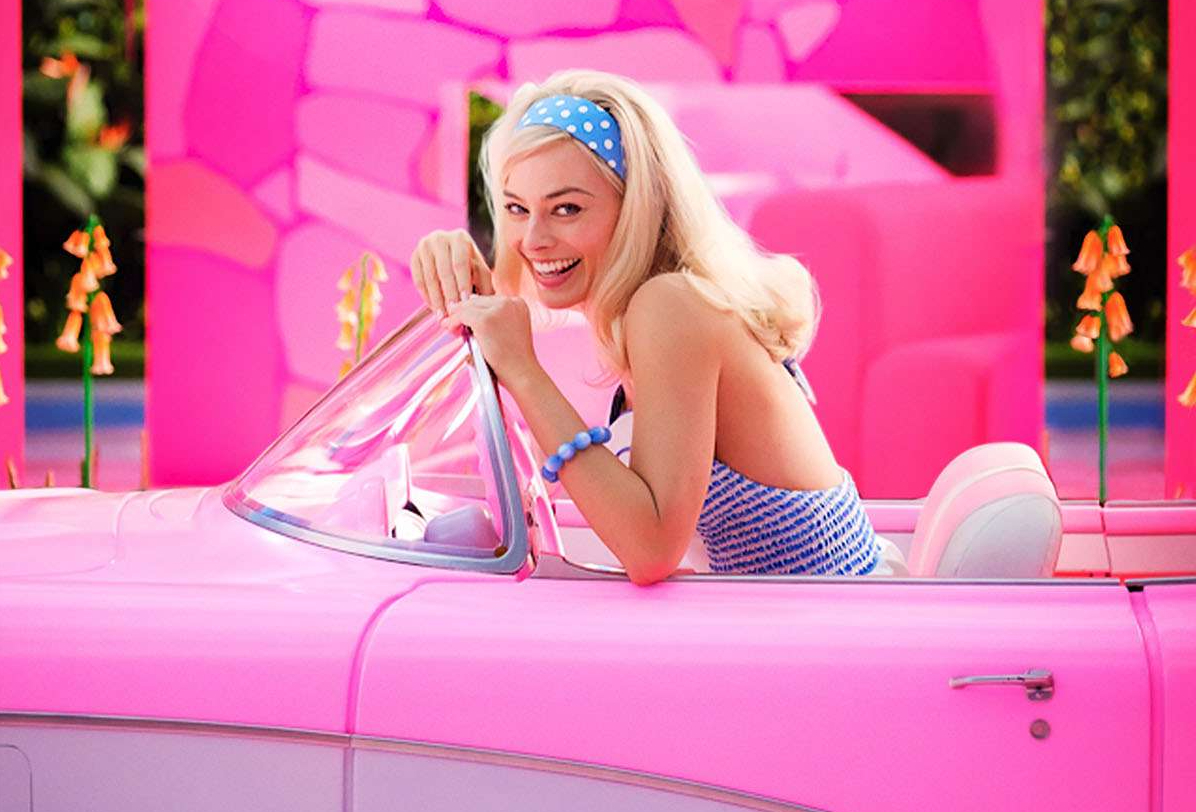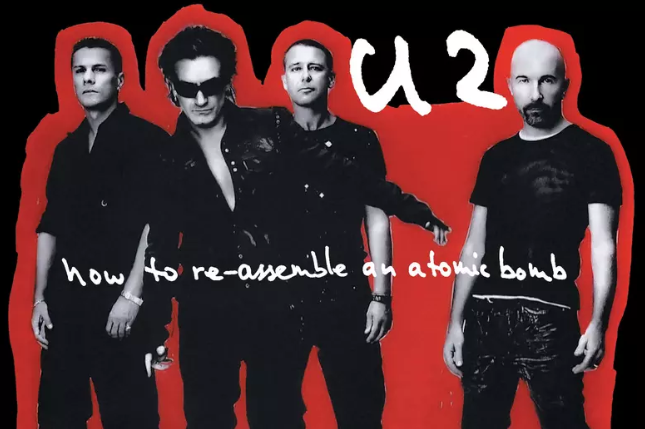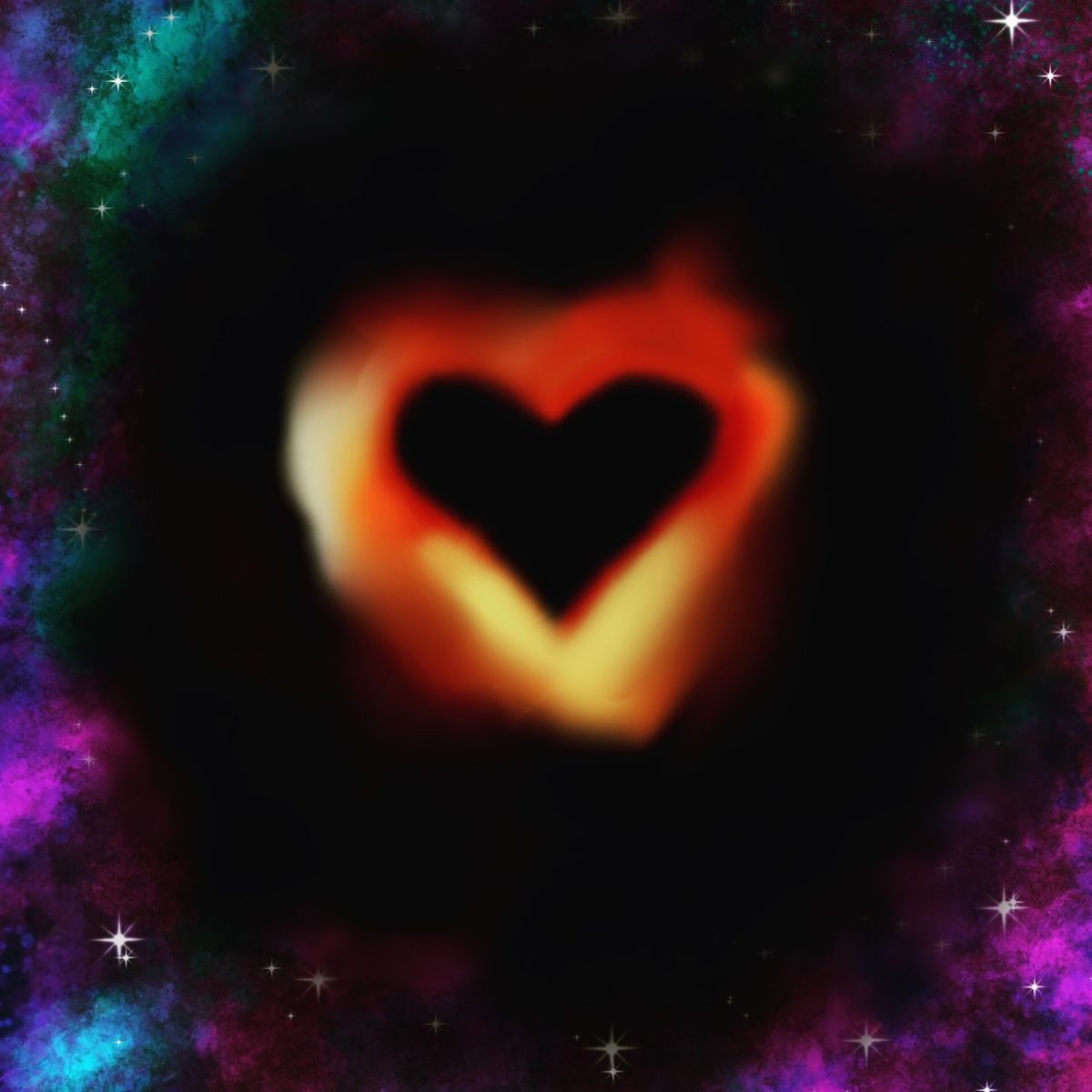Cinema has been one of the mainstays of modern culture, from early Hollywood to the rise of independent film. Movies have shaped our visions of the world and each other. Yet in recent years, cinema seems to be fighting for its life, with many believing that social media holds the knife.
Let’s face it: social media thrives on instant gratification. Platforms like TikTok, Instagram, and YouTube feed us with bite-sized content meant to either entertain, shock, or inform us in just a couple of seconds. In contrast, cinema demands time, patience, and undivided attention. The rise of social media has irrevocably altered our viewing habits, shortening our span of attention and creating an environment in which a two-hour movie feels like running a marathon.
But it’s not just our attention spans at stake. Social media shapes which movies get made and how they’re consumed. Hollywood increasingly caters to online trends, promoting films that can create viral moments over those with more complex storytelling. Ever notice how so many blockbusters these days seem to include scenes tailor-made for easy memeification? Those moments may ensure bigger box office numbers for the opening weekend, but sacrifice some of the rich nuance in storytelling cinema was built upon.
Then, of course, there’s the problem of spoilers. A movie twist ending or shocking reveal could be kept secret for weeks and sometimes months. Now, they spread like wildfire across social media in just hours from a film’s release even beforehand. This diminishes the experience of discovering a film’s secrets together in a theater.
To understand this phenomenon, I spoke with Brendan Nelson, a film buff and working actor, who believes that the rise of social media has made traditional cinema a thing of the past. “The mission has completely changed” responded Brendan when I inquired about whether he felt social media has affected the film industry. He feels like audiences are no longer interested in the stories being told, “entire genres have disappeared from the mainstream because of the younger generations’ need for fast pacing”.
Not everyone, however, believes that social media is the cause of death for cinema. I also spoke with Carley Brissette, an avid social media user and UI designer for Canadian streaming service Crave, who argues that social media offers new opportunities for filmmakers to connect with audiences and expand their creative reach. “The amount of inspiration young artists can get from instagram is unreal” she said while talking about the issue of social media killing creativity. She believes that the amount of exposure that social media gives artists is beneficial for the film world, “Young adults are blowing up on YouTube and receiving movie deals without leaving the house”. While social media can help films find wider audiences, yes, it does at a great cost: the steady drumbeat of online chatter turns moviegoing from an immersive art into a fleeting pile of content to be picked apart, memed, and discarded.
Modern cinema is not dead, but unless we stop allowing the social media world to decide how art is created and digested, we will indeed lose what makes that art special. Perhaps we need to put down our phones and head to the theater for a reminder of the magic of getting lost in stories that can’t be swiped away.
Social media has undoubtedly changed the film industry. Whether it will ultimately destroy or revitalize cinema depends on how we as audiences choose to engage with both film and social media.
Works Cited
Nelson, Brendan. Interview. Conducted by Luke Jeffreys, 09 Jan. 2025.
Brissette, Carley. Interview. Conducted by Luke Jeffreys, 05 Jan. 2025.
Works Consulted
Thomson, Jess. “‘Becoming a Meme Totally Helps a Show’: Is TV Being Written with Epic Gifs in Mind?” The Guardian, Guardian News and Media, 22 Sept. 2022, www.theguardian.com/tv-and-radio/2022/sep/22/becoming-a-meme-totally-helps-a-show-is-tv-being-written-with-epic-gifs-in-mind.
Chawla, Noor Anand. “Surrealism in Cinema, 100 Years on – Jstor Daily.” JSTOR Daily, JSTOR, 9 Dec. 2024, daily.jstor.org/surrealism-in-cinema-100-years-on/.
Cutting, J.E. The evolution of pace in popular movies. Cogn. Research 1, 30 (2016). https://doi.org/10.1186/s41235-016-0029-0
Goncalves, Raymond Carlos McClure (2016) Pausing dramatic tension within contemporary action cinema: the relationship between time slicing/slow motion and suspenseful situations in action feature films through praxis lead research, University of Witwatersrand, Johannesburg, < http://wiredspace.wits.ac.za/handle/10539/22226>
Nelson, Brendan. Interview. Conducted by Luke Jeffreys, 09 Jan. 2025.
Brissette, Carley. Interview. Conducted by Luke Jeffreys, 05 Jan. 2025.





